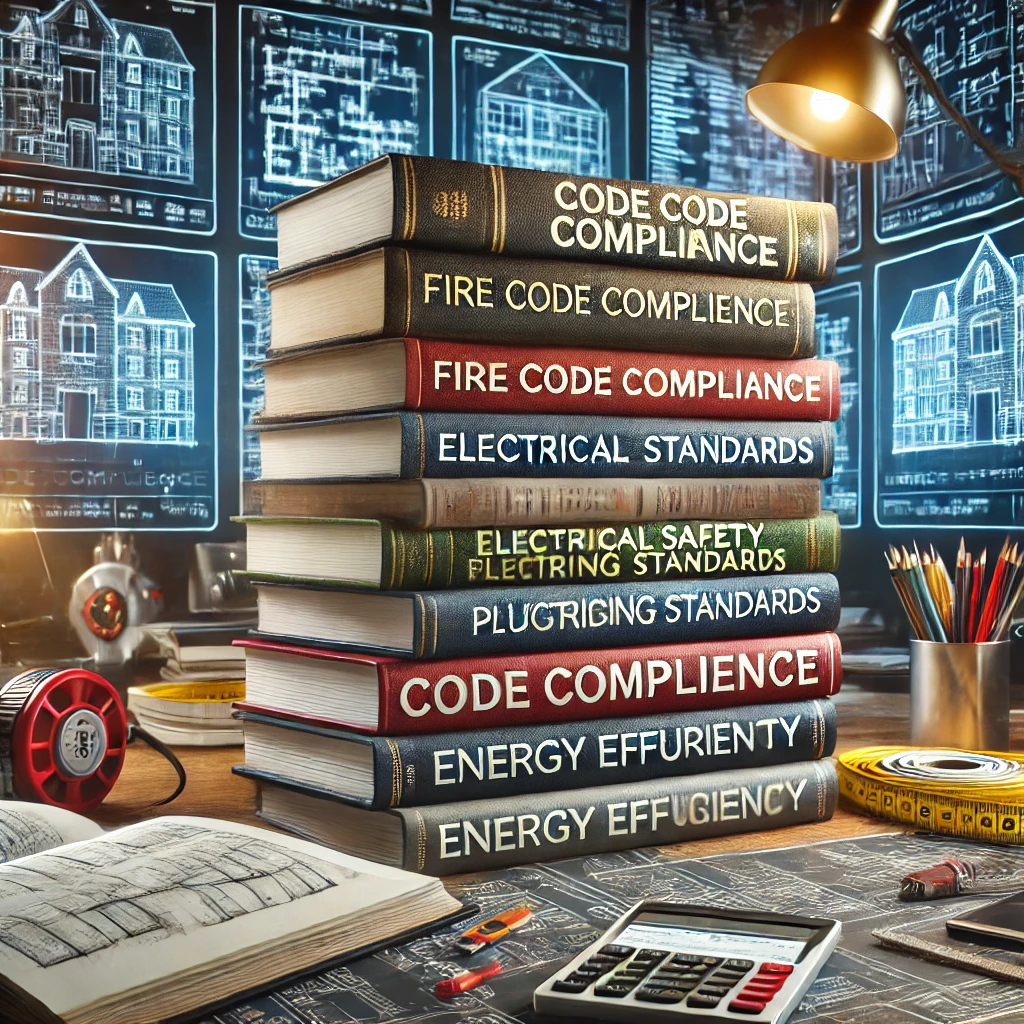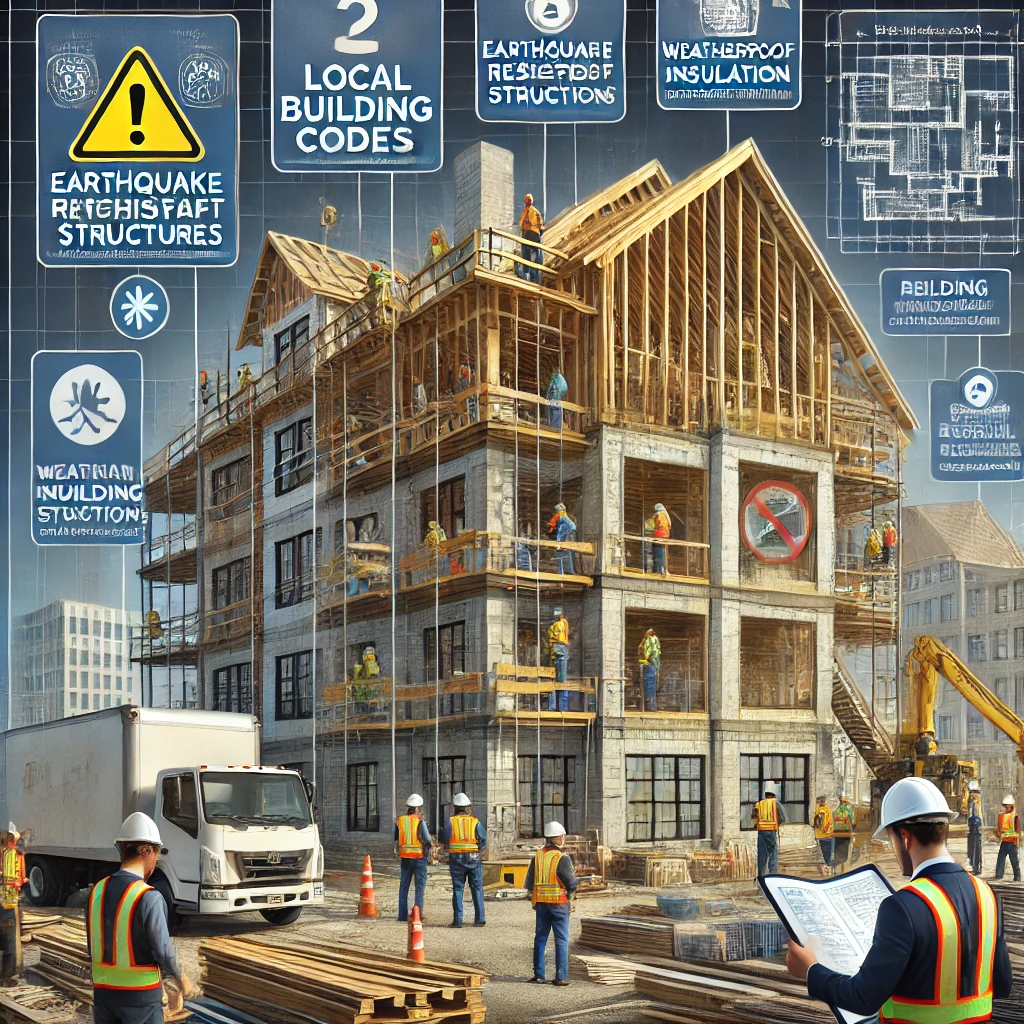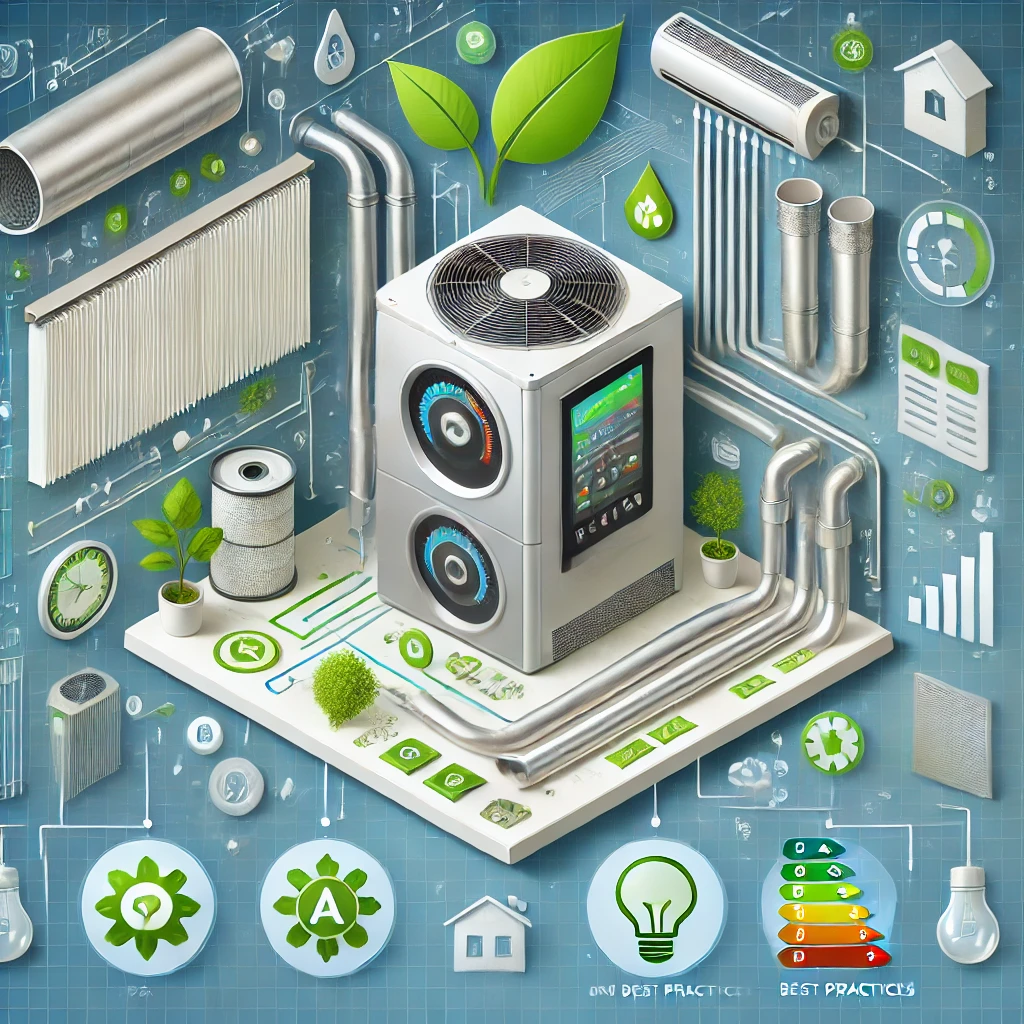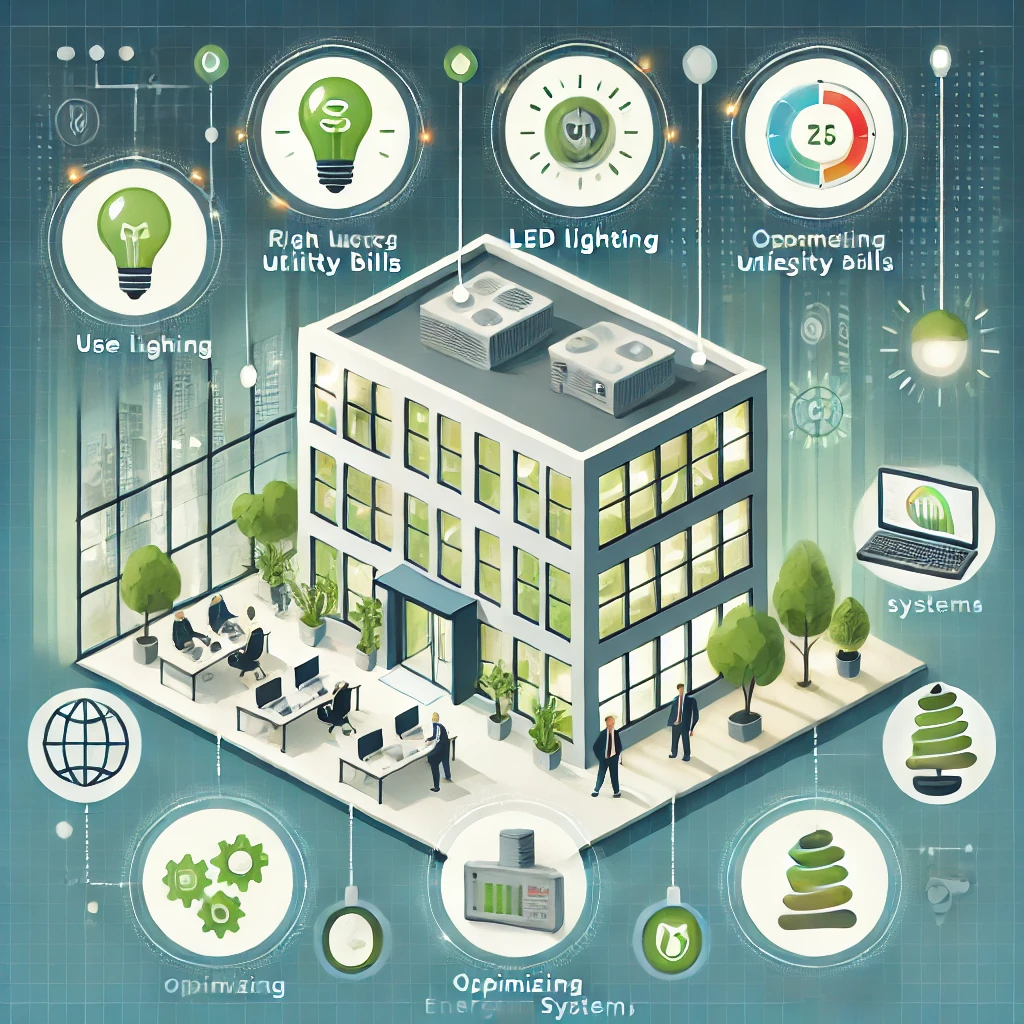Understanding the Role of MEP Engineering in Building Code Compliance

Mechanical, Electrical, and Plumbing (MEP) engineering plays a crucial role in ensuring that buildings are safe, functional, and compliant with various regulations. Compliance with building codes is essential to guarantee the safety, efficiency, and sustainability of any construction project. MEP systems must be carefully designed and implemented to meet these codes, which address issues such as fire safety, energy efficiency, water conservation, and electrical integrity. In this article, we’ll explore the key aspects of MEP engineering in relation to building code compliance.
Mechanical Systems and HVAC Code Compliance
The mechanical systems within a building, including Heating, Ventilation, and Air Conditioning (HVAC), are heavily regulated to ensure occupant comfort, air quality, and energy efficiency. HVAC systems must be designed and installed according to local, state, and national codes that dictate everything from ventilation rates to system efficiency.
Key Areas of HVAC Code Compliance:
- Ventilation Standards: Building codes require adequate ventilation to ensure air quality. Engineers must design systems that provide fresh air to indoor spaces while exhausting contaminants, which is particularly important in commercial and industrial settings.
- Energy Efficiency: Modern building codes often emphasize energy conservation, requiring HVAC systems to meet certain efficiency standards, such as those outlined in the International Energy Conservation Code (IECC) or ASHRAE standards.
- Fire and Smoke Control: MEP engineers must incorporate fire dampers and smoke control systems into HVAC designs to prevent the spread of fire and ensure occupant safety, in line with fire codes like the International Fire Code (IFC).
Electrical System Compliance and Safety
Electrical systems are among the most regulated aspects of building design due to the safety hazards associated with electrical failures. MEP engineers are responsible for designing electrical systems that meet stringent codes aimed at preventing overloads, fires, and electrical shocks.
Key Areas of Electrical Code Compliance:
- National Electrical Code (NEC): The NEC provides comprehensive guidelines on everything from wiring methods to grounding requirements. MEP engineers must design electrical systems that adhere to these standards to ensure safety and functionality.
- Load Calculation and Distribution: Building codes require electrical systems to be designed to handle the specific loads of the building, ensuring that the wiring and circuit breakers can accommodate peak electrical demand without overloading.
- Energy Efficiency: Similar to HVAC systems, building codes also mandate the use of energy-efficient electrical systems. This includes the integration of LED lighting, smart controls, and renewable energy sources like solar panels.
Plumbing Code Compliance for Health and Safety
Plumbing systems are essential for providing safe water for consumption and sanitation. Building codes regulate everything from pipe materials to water pressure, ensuring that plumbing systems deliver clean water and efficiently manage wastewater.
Key Areas of Plumbing Code Compliance:
- International Plumbing Code (IPC): The IPC sets the standards for plumbing systems in commercial and residential buildings. It covers pipe sizing, water pressure, drainage, and materials used to ensure the systems function properly and safely.
- Water Conservation: Modern building codes emphasize the need for water-efficient fixtures and systems. MEP engineers must design plumbing systems that include low-flow toilets, faucets, and other water-saving features to comply with these regulations.
- Backflow Prevention: Backflow devices must be installed in accordance with codes to prevent contamination of the potable water supply, ensuring that wastewater does not flow back into clean water lines.
Fire Protection Systems and Life Safety Codes
Fire protection is one of the most critical areas where MEP engineering and building code compliance intersect. Properly designed fire protection systems can save lives and prevent extensive damage to property. These systems are governed by strict codes that address everything from fire alarms to sprinkler systems.
Key Components of Fire Protection Code Compliance:
- Fire Sprinkler Systems: Building codes such as the National Fire Protection Association (NFPA) standards require the design and installation of automatic sprinkler systems in many types of buildings. MEP engineers must ensure these systems are designed to activate in case of fire and cover all required areas of the building.
- Fire Alarm Systems: The design and installation of fire alarms must meet codes that require sufficient coverage, notification methods (visual and auditory), and integration with other building systems to ensure timely evacuation.
- Smoke Control Systems: MEP engineers are responsible for incorporating smoke exhaust systems into buildings to prevent smoke from spreading during a fire, protecting escape routes and ensuring compliance with local fire safety regulations.

Energy Efficiency and Sustainability Codes
Building codes today are increasingly focused on energy efficiency and sustainability, requiring MEP engineers to design systems that minimize energy and resource consumption. Compliance with these codes not only reduces environmental impact but also leads to cost savings for building owners.
Sustainability and Energy Codes:
- ASHRAE Standards: The American Society of Heating, Refrigerating and Air-Conditioning Engineers (ASHRAE) sets standards that promote energy efficiency and sustainable building practices. MEP engineers must design HVAC and electrical systems that comply with these guidelines to reduce energy use.
- LEED Certification: Leadership in Energy and Environmental Design (LEED) certification is a globally recognized green building rating system. MEP engineers contribute to LEED certification by designing systems that meet energy and water efficiency targets, improve indoor air quality, and incorporate renewable energy.
- International Green Construction Code (IgCC): This code provides minimum requirements for sustainable building design, focusing on energy efficiency, water conservation, and reducing the carbon footprint of buildings. MEP engineers play a key role in meeting these standards by designing environmentally responsible systems.
Building Information Modeling (BIM) for Code Compliance
Building Information Modeling (BIM) is a powerful tool that MEP engineers use to ensure code compliance throughout the design and construction phases. BIM allows for the creation of detailed 3D models of building systems, enabling engineers to check for code violations early in the design process and make necessary adjustments.
Benefits of BIM in Code Compliance:
- Clash Detection: BIM helps identify potential clashes between MEP systems and other building components, ensuring that systems are installed in compliance with space and accessibility requirements.
- Efficient Documentation: BIM automatically generates detailed documentation and reports, which can be used to demonstrate compliance with building codes during inspections.
- Improved Collaboration: BIM enhances collaboration between MEP engineers, architects, and contractors, ensuring that all systems meet code requirements before construction begins.
Impact of Local Building Codes
While national and international codes set the foundation for building regulations, local building codes often introduce additional requirements based on regional needs. MEP engineers must be familiar with local building codes to ensure full compliance with these specific rules.
Examples of Local Code Variations:
- Seismic Codes: In regions prone to earthquakes, local codes may require additional considerations for the design and installation of MEP systems to ensure they can withstand seismic activity.
- Weather-Related Codes: In areas that experience extreme weather conditions, local codes may include additional regulations for insulation, HVAC performance, or drainage systems.
Conclusion
MEP engineering is essential to ensuring that buildings comply with the multitude of codes and regulations designed to protect safety, energy efficiency, and sustainability. By carefully designing systems that adhere to HVAC, electrical, plumbing, fire protection, and energy efficiency codes, MEP engineers help create buildings that are safe, sustainable, and cost-effective in the long run. Understanding and integrating these codes from the earliest stages of a project ensures a smoother construction process and fewer costly modifications or delays due to non-compliance.
Category:



